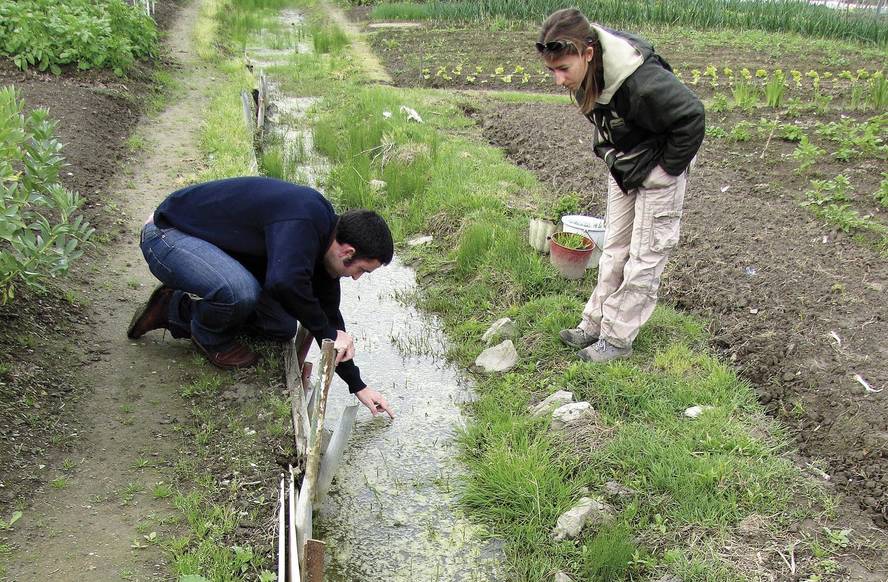Glyphosate is deadly for amphibians of Euskal Herria
The Department of Herpetology of the Society of Aranzadi Sciences has investigated for the first time the damage that the herbicide glyphosate, so currently used not only in rural areas, but also in cities, can cause amphibian species of Europe. The results have made it clear that, despite being used below the dosages recommended by manufacturers, it is deadly for 10 species investigated.
Glyphosate is one of the most commonly used herbicides currently worldwide. Applicable in both leaves and stems and roots, it prevents the synthesis of essential amino acids for the plant. In the ecosystems of the natural environment, especially in the aquatic media, glyphosate accumulates and affects all the representatives of the trophic chain, both to the phytoplankton of basic level, food of many organisms, as to the animals of higher category, as the fish and amphibians.
Thus, the Department of Herpetology of the Aranzadi Science Society began to investigate the influence of glyphosate on amphibian species in Europe. "In Euskal Herria there are 18 species of amphibians, of which we investigated 10. We believe that this figure can be representative of all the species of Euskal Herria", said the herpetologist of the Sociedad de Ciencias Aranzadi, Xabier Rubio. According to the first results of the ecotoxicological studies, the doses recommended by the manufacturers are above the concentrations that can suffer the species of European amphibians investigated so far. Concentrations below lethal doses have also been shown to affect the biology and behavior of amphibians in the long term and condition their future survival. Rubio recommends maximizing the use of glyphosate. In addition, it proposes to limit this use to specific zones and moments and take advantage of other methods in environments of high ecological value. "For example, knowing that it negatively affects amphibians, we should avoid their use during the breeding season, spring and summer. In other times it can also cause damage, but not so much," says Rubio.






